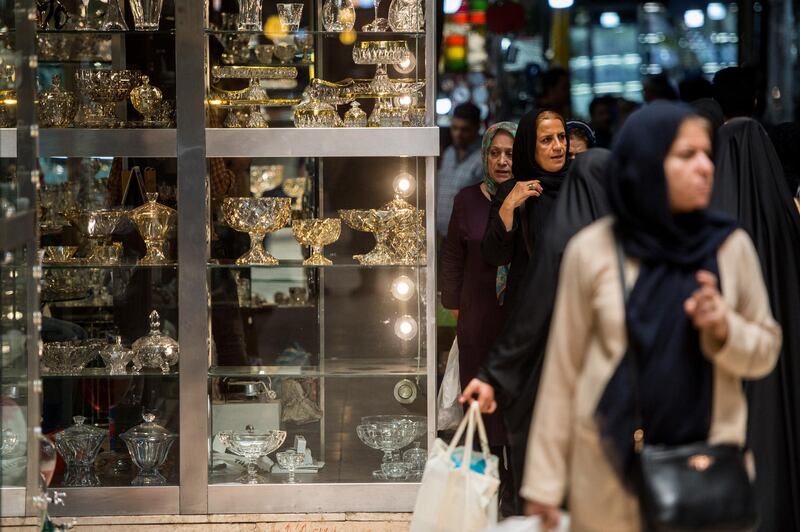The Iranian currency hit a new low against the US dollar as the country’s economy continues to weaken amid fears that the re-imposition of sanctions by the United States would stifle the oil exports from the country.
The US dollar was offered for as much as 129,000 rials at 5.40pm Dubai time, according to the greenback’s selling price quoted by Bonbast.com, which tracks the unofficial currency market of Iran.
_______________
Read more:
Iran confirms holding war drills in Gulf
Iran preparing currency rescue plans as US sanctions return
Explainer: the collapse of the Iranian rial
_______________
The US' unilateral exit from the 2015 nuclear deal with Iran earlier this year and re-imposition of sanctions targeting its oil industry in November have added to the rial’s volatility. Iran’s economy has faced headwinds in the recent quarters amid rising demand for US dollars and fears that US sanctions will cripple its exports beyond the hydrocarbon sector.
The government and lawmakers have shaken up the financial policy making circles in recent months with last week's sacking of the minister of economic affairs and finance, the latest official to lose his job. His departure follows the removal of the minister of labour in early August and change of guard at the country’s central bank in June.
The Iranian public has also been vocal about the weakening economy with protestors hitting more than 80 urban centres in the country, which has led to several deaths.






